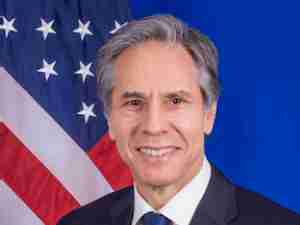Poloz Signals Canada Isn’t Ready to Follow Any Fed Increases (1)
By: Greg Quinn | Dec 07 2016 at 11:44 AM | International Trade
Bank of Canada Governor Stephen Poloz indicated he’s in no rush to follow Federal Reserve interest rate rises, citing uncertain prospects for exports and business investment following the U.S. election.
Policy makers maintained the benchmark rate on overnight loans between commercial banks at 0.5 percent and said a significant amount of slack remains in the nation’s economy, in contrast to the U.S.
“Following the election in the United States, there has been a rapid back-up in global bond yields, partly reflecting market anticipation of fiscal expansion in a U.S. economy that is near full capacity,” the bank said in a statement Wednesday from Ottawa.
The decision leaves Canada’s benchmark rate poised to trail the Fed’s for the first time since 2007 when U.S. policy makers meet next week in Washington.
Exporters have failed to profit from an American recovery and a weaker currency. Business investment, especially in Alberta’s oil patch, remains muted even with crude oil back at about $50 a barrel from below $40 in August.
“That’s probably the key message in here: We are nowhere near raising rates; the Fed is going,” Benjamin Reitzes, a senior economist at BMO Capital Markets, said by phone from Toronto. Canada won’t tighten through next year, and may even cut again if there’s another big setback, he said.
The one-page statement dropped any assessment of the balance of risks around the bank’s 2 percent inflation target, and didn’t repeat Poloz’s remarks at an October press conference about considering a rate cut. Since then Poloz had said only a fresh major shock would lead to another reduction.
“In Canada, the dynamics of growth are largely as the Bank anticipated,” the statement said. “The Bank’s Governing Council judges that the current stance of monetary policy remains appropriate.”
Fiscal stimulus helped consumer spending in the third quarter, but non-energy exports and investment remain disappointing, the bank said.
Canada’s economy shows some signs of emerging from the worst damage of the oil shock. Output expanded at the fastest pace in two years last quarter, and inflation quickened for two straight months through October. Still, the country’s return to full capacity will take until mid-2018, the bank predicts.
Canada ships three-quarters of its exports to the U.S., making President-elect Donald Trump’s possible mix of fiscal stimulus and trade protectionism a key concern north of border. Investors see Poloz avoiding a rate cut on the prospect Trump and Congress will authorize new spending and tax cuts. That could help Canada because it’s a major exporter of equipment and raw materials, while at the same time business investment could be slowed by the rise in global yields.
Twenty-two of 23 economists surveyed by Bloomberg predicted no move, and one predicted a quarter-point cut. Canada’s dollar was 0.3 percent stronger after the decision, trading for C$1.3237 at 11:29 a.m. Toronto time.








